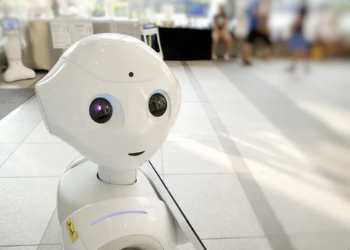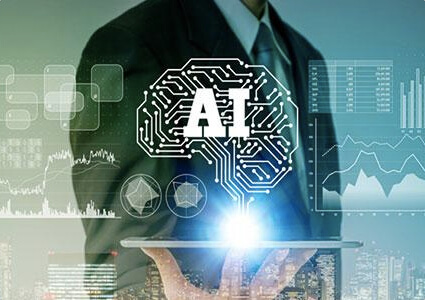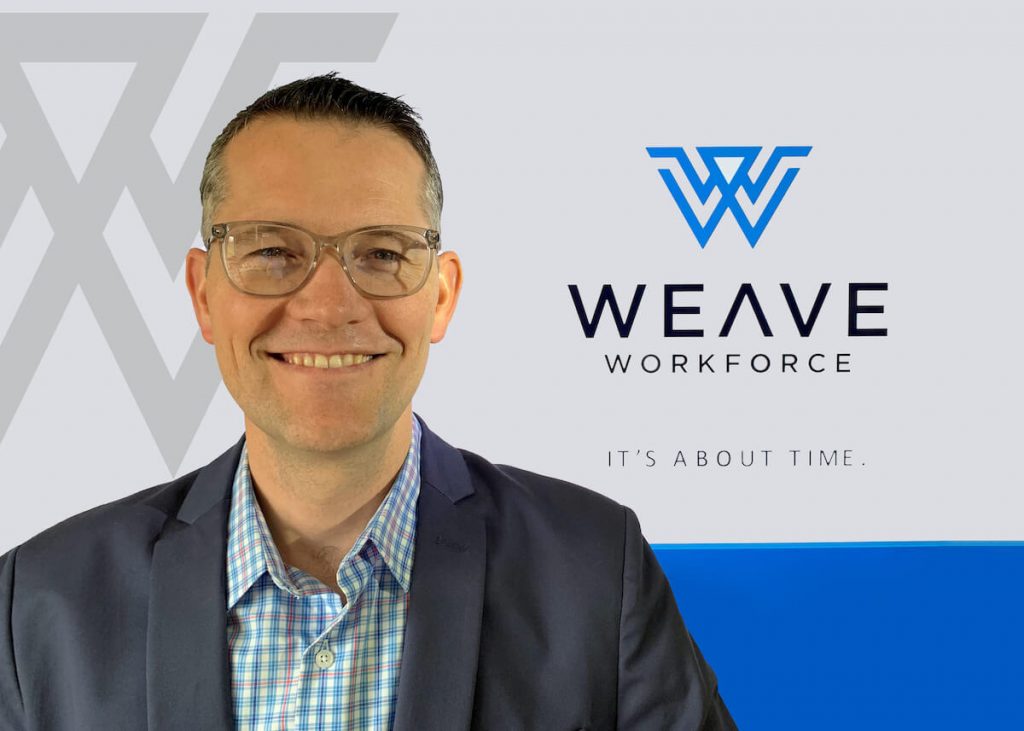The world finds itself in a situation that few could imagine just a few short months ago. Uncertainty swirls around us, inducing feelings of fear and doubt with the potential to bring the global economy to a halt. But this is not the time to slow down or wait for an easy path forward. This is the time to marshal the best that we have and get to work rebuilding our future.
Service businesses have dealt with especially uncertain demand through the pandemic, turning workforce allocation into a frustrating task. Managers struggle to connect all the information available and translate it into insights about how to plan for the upcoming weeks. New restrictions have altered the way business is done, causing variations to service times and employee roles. Businesses need to respond to these changes but may not know how to track and address them. Conventional methods of workforce planning are insufficient to meet the sudden and unexpected changes to customer expectations and operating constraints.
While it may feel overwhelming, in some ways we are better equipped for this than ever before. Combining artificial intelligence (AI) with the availability of extensive data opens the door to workforce optimization beyond what’s possible with human judgment alone. AI can empower dramatically more connected, more aware, and more responsive workforce planning.
Connected
Most managers consider a variety of signals when deciding how to allocate their workforce. They might look at the number of upcoming work orders, the capability of their staff, and potential disruptions to the work. But regardless of how intelligent a manager is, there are limitations on how many signals they can practically process.
This is where AI comes in. An AI engine can be connected to a limitless number of sources and sift through them to identify and quantify relationships. Accurately predicting demand allows a company to allocate staffing and create schedules that optimize the efforts of the workforce while keeping labor costs low.
For example, I support an AI company specializing in workforce optimization for the service businesses. We have recently customized our demand forecasting engine for a national retailer with several hundred locations to guide them on how quickly to re-staff their stores. This forecast accounted for over a hundred different variables, from economic and local lockdown levels to mobile movement and search trends within each trade area. This enabled a far more accurate prediction of how quickly demand might recover for each store over the upcoming weeks as the country is reopening, and an informed path to staffing up.
Aware
Under the current circumstances, managers are trying to accommodate constraints they have not dealt with before. Social distancing and sanitization requirements introduce operational challenges that certainly require a learning curve. These constraints will continue into the foreseeable future, so managers and business must adapt to minimize their impact on the workplace.
This too is a good fit for the strengths of AI. Codifying new rules and exploring their impact on other operational factors can be simulated quickly and then refined through monitoring actual implementation. With the multi-dimensional inputs and outputs, this task is best achieved through a combination of machine learning and human intelligence. The machine is not a replacement for the human, but a tool to increase their effectiveness.
One example of how this applies to the field service industry is regarding dispatch management. This software is already being used by many businesses to assign jobs to team members and plan the sequencing and scheduling of these jobs. However, previous assumptions around service duration are unlikely to hold up as technicians accommodate social distancing and sanitization requirements. Ensuring that dispatch algorithms regularly learn from the latest operational changes will help harmonize your scheduling with the new constraints, maintaining quality customer service and realistic labor expectations.
Responsive
For most businesses, demand disappeared far faster than they could have anticipated with the pandemic. It could come back very quickly, but it is difficult to tell given the rapidly changing situation and the possibility of future waves. While a manager may have previously been able to trust their judgment or apply rules of thumb to guide day-to-day decision-making, the current scenario moves too quickly to be able to do this with any degree of accuracy.
Again, this characteristic plays to the strengths of AI. A robust model can be built to not only fit prior history, but to dynamically update as the business environment evolves. Ongoing updates automatically adjust for new information and help the model continuously improve over time. While it is impossible for a human mind to analyze and incorporate all of these into actionable insights, AI can do so automatically.
When predicting demand during the time of COVID-19, there are three factors that need to be considered outside of the normal demand signals.
- The first is virus progressions, signaled by data on available hospital beds, cases diagnosed, and cases recovered. By analyzing these signals business can discern the current spread of the virus and the possibility of lifted restrictions. AI technology can be set to automatically pull this data through an API connection and analyze it daily.
- The second important signal is predicting near-term demand, or the demand expected while restrictions remain in place and again, as soon as they’re lifted. AI tools are used to adjust regular demand forecasts with the year-over-year sales drop realized in 2020 to determine what to expect while we remain in the current situation.
- Finally, measuring pent-up demand prepares businesses to meet the rise in demand that will be realized once restrictions are lifted and the world returns to ‘the new normal’. Pent-up demand is forecasted using data about website visits, phone calls, mobile device movement, predicted demand without the crisis, and leading economic indicators, which can be automatically updated in predictive AI models weekly, daily, or even hourly, as the data allow.
A better place
While the current situation has the potential to induce fear and uncertainty, there are tools available to alleviate this and empower managers to make better decisions now than ever before. Using AI, we can emerge from the current crisis more connected, more aware, and more responsive. More connected to the full breadth of potential signals impacting our business. More aware of challenges and solutions, and able to systematically deal with them. And more ready to embrace change, constantly learning and adapting to the dynamic world around us. By wisely deploying AI solutions to workforce optimization, we can not only “reopen” or “return”, but actually come out of this crisis in a better place than we were before.
About the author
John Larsen is the CEO of Weave Workforce, a technology company applying artificial intelligence to harmonize employee schedules to the fluctuating demand of service businesses. They achieve this with an intelligent forecasting, staffing and scheduling engine that combines a company’s internal data with external signals and human intuition to provide simultaneous improvements in productivity and customer satisfaction. Weave Workforce is an RXA Studio company.
- Website: https://weaveworkforce.com/
- LinkedIn: https://www.linkedin.com/company/weaveworkforce
Source: Field Technologies Online



